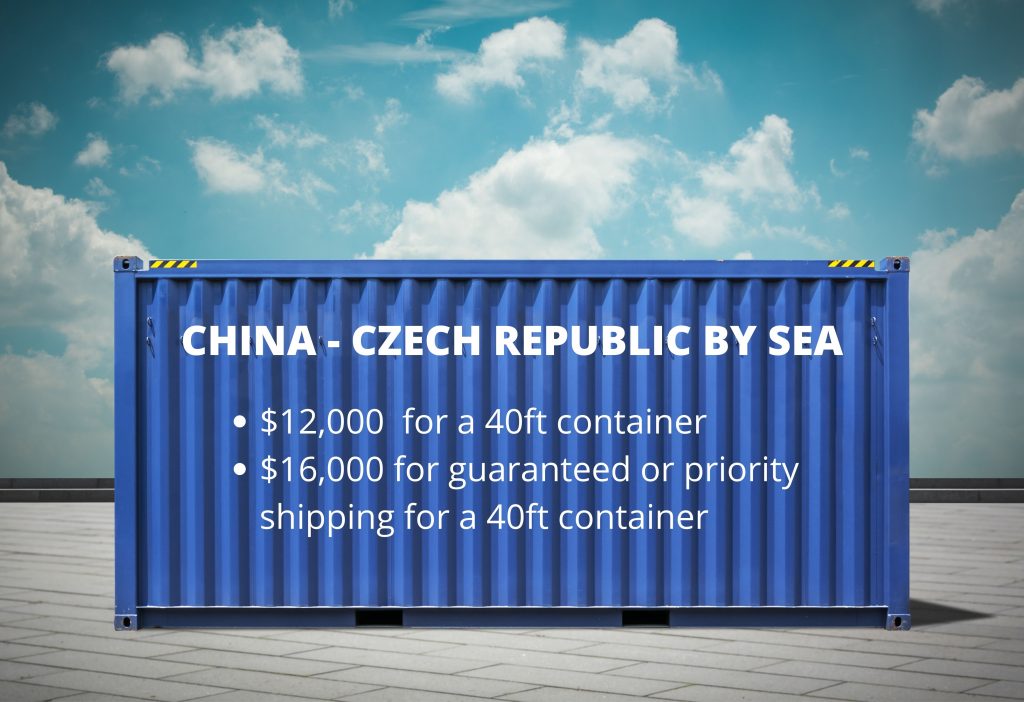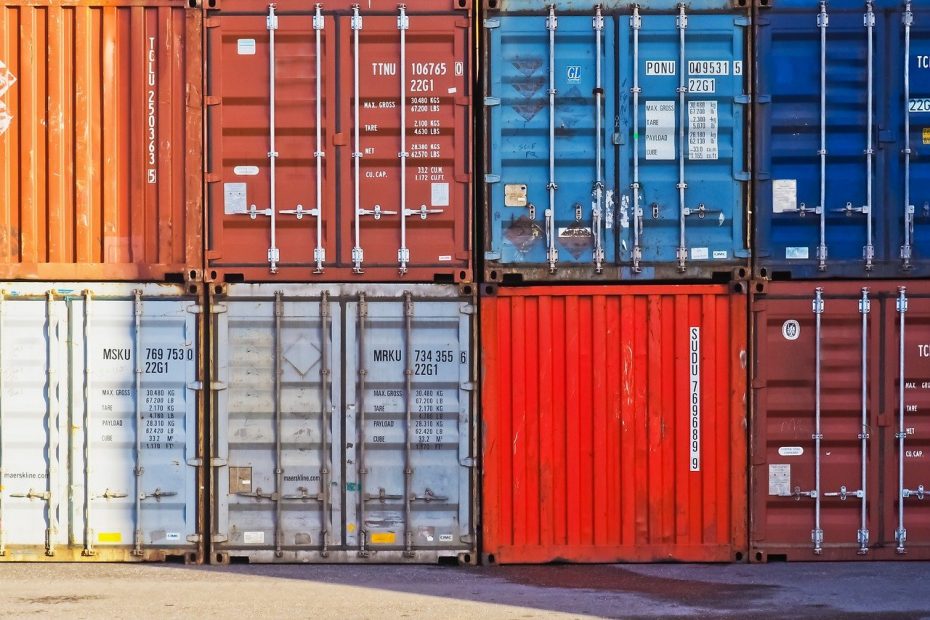Some Czech importers had no choice but to postpone imports of goods from China until more favourable transport prices.
“The shipment of a large container from China, which can hold up to eight thousand pairs of shoes, cost us between 80 to 100 thousand Czech crowns last year. Today it is CZK 250,000 to 300,000. For example, transportation from Bangladesh remains at the same price, “ says one of the sales managers of the Czech sporting goods manufacturer Alpine Pro.
“I currently have about three hundred large ceramic grills made in China. Their shipment to Europe under normal conditions costs me about two thousand dollars. If I decided to transport now, transport would cost me between seven and ten thousand dollars, and that would dramatically increase their selling price by at least a third “ says Marek Šmíd, a manufacturer of knives and ceramic grills of the Dellinger brand. He fears that with such a dramatic price increase, goods would become unsellable, so he postponed the transport to the Czech Republic for two months. After that, the factory might start to charge storage fees.

Cargo companies are the winners of the crisis with reported record profits, increased by hundreds of millions of dollars. French shipping company CMA CGM reported a net income of $ 567 million in the third quarter, up 522 % year-over-year growth.
The three most profitable carriers today:
- Hapag-Lloyd, a German multinational shipping company, reached an operating profit of $146 / TEU*.
- Maersk, the world’s largest shipping company, earns an average of $130 / TEU*.
- Hyundai Merchant Marine, a South Korean carrier, makes a profit of $129 / TEU*.
* TEU is a unit corresponding to the transport capacity of one 20-foot (approximately six meters long) container with a volume of 33.1 m3.

Shipowners are introducing various surcharges to the basic ‘sea fare’ as a response to delays and lack of capacity, such as ‘seasonal surcharge‘ or ‘surcharge for the lack of empty containers‘.
How much at the moment?
At the end of 2020, it was $4,000 per TEU for transportation (major Chinese ports-Europe). More than a fourfold increase in price compared to the first half of 2020. When looking at the rates these days, keep in mind that it is often only sea freight fee, not necessarily including additional surcharges, resulting in a much higher price in the end.
- $10, 000-12,000 by sea (Asia-Northern Europe)
- $40,000+ per truck (LKW) (China-Europe)
- Up to $12,000 (China-Czech Republic) by the sea in a 40-foot container. For guaranteed or priority shipping, the price is even higher, at around $16,000 for a 40-foot container.


What are the reasons?
- The global shortage of containers (high demand now when the trade is returning to normal).
- Not only pandemic to blame: the trade war between the US and China, Brexit, etc., should be factored in.
- Some shipowners do not release empty containers.
- Reduced manpower at ports, lack of drivers, who are vital to day-to-day operations of international logistics
- Inability to unload and return empty containers in time for further use.
- Limiting the availability of maritime capacity to avoid possible losses from the transport of unoccupied ships by freight providers.
- Insufficient volume of production of new containers – according to the world’s largest sea container manufacturers and lessors, such as Textainer and Triton, production capacity is a maximum of 300,000 container shipments per month).
- Shipowners are introducing various surcharges to the basic ‘sea fare’ as a response to delays and lack of capacity, such as ‘seasonal surcharge’ or ‘surcharge for the lack of empty containers’.
Viable alternatives for the China-Europe cargo sea route?
- Rail carriers: Capacity problems also reported on the route from China to Europe.
- Road transport: Possible however rates have already exceeded $ 40,000 per truck (LKW).
- Air transport: According to the Baltic Index, the price increase is 100% compared to the minimums of 2020. Low demand for passenger air transport, cargo planes do not pay off. Therefore, capacity problems will continue to have a direct impact on the pricing of air transport.
Will cargo prices go down after CNY?
- With the arrival of CNY, rates are expected to continue to rise.
- After the Chinese New Year, there will be a rush to get rid of all goods that did not leave before the holidays. Moreover, some companies have already waited to ship their goods out of China because of the pandemic, resulting in a big backlog of shipments.
- The cost increase should slow down, but the only question is when and where the new price level will land, which is hard to predict. Even if current prices were to be halved, we would land at a level much higher than normal.
Source:
Shipping Exchange stands at all-time high
Stay on top of the container freight market situation
České firmy válčí se zdražováním dopravy zboží z Číny
Doprava zboží z Asie do Česka je nejdražší v historii
Nečekaný vítěz krize? Rejdaři. Zisky dosahují stovek milionů dolarů
Cover Photo by Michael Gaida from Pixabay (edited) | Infographics by Adnavem/ Seznam Zpravy/ Global Maritime Hub
CzechCham is on WeChat! Follow us and receive news, updates and events.

